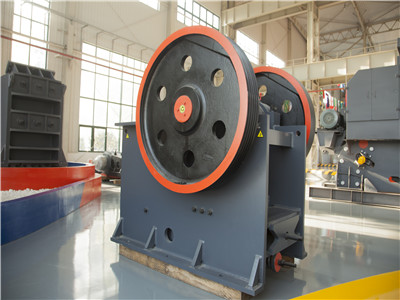 WhatsApp
WhatsApp



Building a rock screening equipment can be a relatively simple project, depending on the size and complexity of the machine you want to build. Here are some general steps that you can follow to build a rock screening equipment:
1.Determine the purpose of the equipment: Consider what you will be using the rock screening equipment for and how it will be used. This will help you to determine the size and type of equipment you will need to build.
2.Gather materials and tools: You will need a variety of materials and tools to build your rock screening equipment, such as wood or metal for the frame, screens or sieves for sorting rocks, and bolts and screws to hold everything together.


Kilns: Lime is produced in kilns, which are large industrial ovens that are used to heat limestone to a temperature of around 900-1000 degrees Celsius. There are several types of kilns that can be used to produce lime, including rotary kilns, vertical shaft kilns, and parallel flow kilns.
3.Design the frame: Sketch out a rough design of the rock screening equipment, including the size and shape of the frame and the location of the screens or sieves. You may want to create a more detailed design using drafting software or a CAD program.
4.Cut and assemble the frame: Using the materials and tools you have gathered, cut and assemble the frame of the rock screening equipment. Make sure to follow your design closely and use bolts or screws to secure the pieces together.
5.Install the screens or sieves: Once the frame is assembled, you can install the screens or sieves. You may need to use bolts or screws to secure the screens or sieves in place.
6.Test the equipment: Once you have completed building your rock screening equipment, it is important to test it to ensure that it is functioning properly. This may involve sorting a variety of rocks to see if they are correctly separated by the screens or sieves.
It is important to keep in mind that this is just a general outline of the process for building a rock screening equipment. Depending on the specific requirements of your project, you may need to follow additional steps or make adjustments to the process described above.
